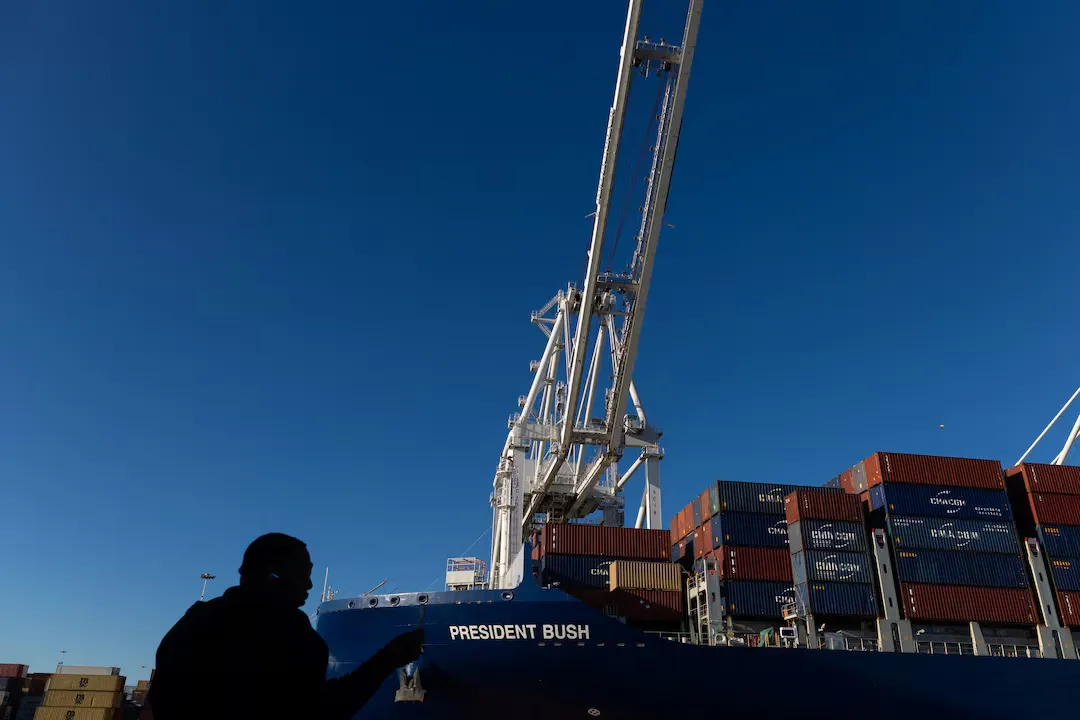 BrokerHiveX
BrokerHiveX BrokerHiveX
BrokerHiveX BrokerHiveX
BrokerHiveXSummary:The United States has officially ended tariff exemptions for imported packages valued under $800. This move will have a comprehensive impact on cross-border e-commerce, supply chains, and consumer costs, particularly impacting companies like Shein and Temu that rely on direct mail. #USTariffs #E-commerceSupplyChain #Shein #Temu #ConsumerCosts

Starting at midnight on August 29, 2025, the U.S. Customs and Border Protection (CBP) will begin collecting normal tariffs on all imported packages, regardless of value, origin, or mode of transportation . Parcels from foreign postal agencies will be subject to a uniform tax rate of $80 to $200 per parcel during a six-month transition period, depending on the tariff range of the country of origin, the report said.
This marks the official end of the "de minimis" policy established in 1938. The policy increased the tax exemption to US$800 in 2015 and was once the support for the rapid development of cross-border e-commerce.
White House trade advisor Peter Navarro emphasized that the policy aims to plug a "fatal loophole," reduce the influx of contraband such as fentanyl, and generate substantial revenue for the U.S. Treasury. The National Alliance of American Textile Organizations called it a "historic victory" that will help protect domestic jobs and manufacturing and prevent fast fashion companies from exploiting exemptions to circumvent tariffs.
Data shows that the number of packages claiming duty-free policies surged from 139 million in fiscal year 2015 to 1.36 billion in fiscal year 2024, equivalent to nearly 4 million packages per day.
This change has had a particularly significant impact on e-commerce platforms like Shein and Temu (Pinduoduo), which rely on direct mail from China. Previously, these platforms avoided significant tariff costs through duty-free policies, creating a price advantage. With the removal of these exemptions, retail analysts predict that e-commerce prices will rise, narrowing the cost gap with traditional retail giants like Walmart.
U.S. Customs data shows that since the elimination of exemptions for packages from China and Hong Kong in May 2025, an additional $492 million in tariffs has been collected. Going forward, express delivery companies like FedEx, UPS, and DHL will directly collect tariffs, while foreign postal services will be required to transition to a formal value-based tax model by February 28, 2026.

This move triggered two emotions in the market:
Caution and wait-and-see: E-commerce, logistics and fast fashion stocks may come under pressure as investors worry that rising prices on the consumer side will weaken demand.
Good news for the industry: The local textile and manufacturing industries are expected to benefit from policies, and the share prices of related companies may be boosted.
Overall, the market is in a stage of tackling short-term pain and long-term turnaround.
From an investment perspective, we need to pay attention to:
Risk prevention: Cross-border e-commerce stocks and consumer technology stocks are under short-term pressure.
Structural opportunities: U.S. domestic manufacturing, textiles, and logistics technology sectors may benefit from policy support.
Neutral strategy: Maintain a balanced portfolio, neither blindly chasing the benefiting sectors nor panic selling the e-commerce leaders.
Changes in tariff policies are reshaping the e-commerce and supply chain landscape. Rationally assessing risks and seizing structural opportunities will be key for investors to navigate this turbulence.
Want to be the first to grasp global market trends and investment opportunities? Follow us on BrokerHiveX for the latest in-depth analysis and real-time information!
BrokerHivex is a financial media platform that displays information sourced from the public internet or uploaded by users. BrokerHivex does not endorse any trading platform or instrument. We are not responsible for any trading disputes or losses arising from the use of this information. Please note that the information displayed on the platform may be delayed, and users should independently verify its accuracy.